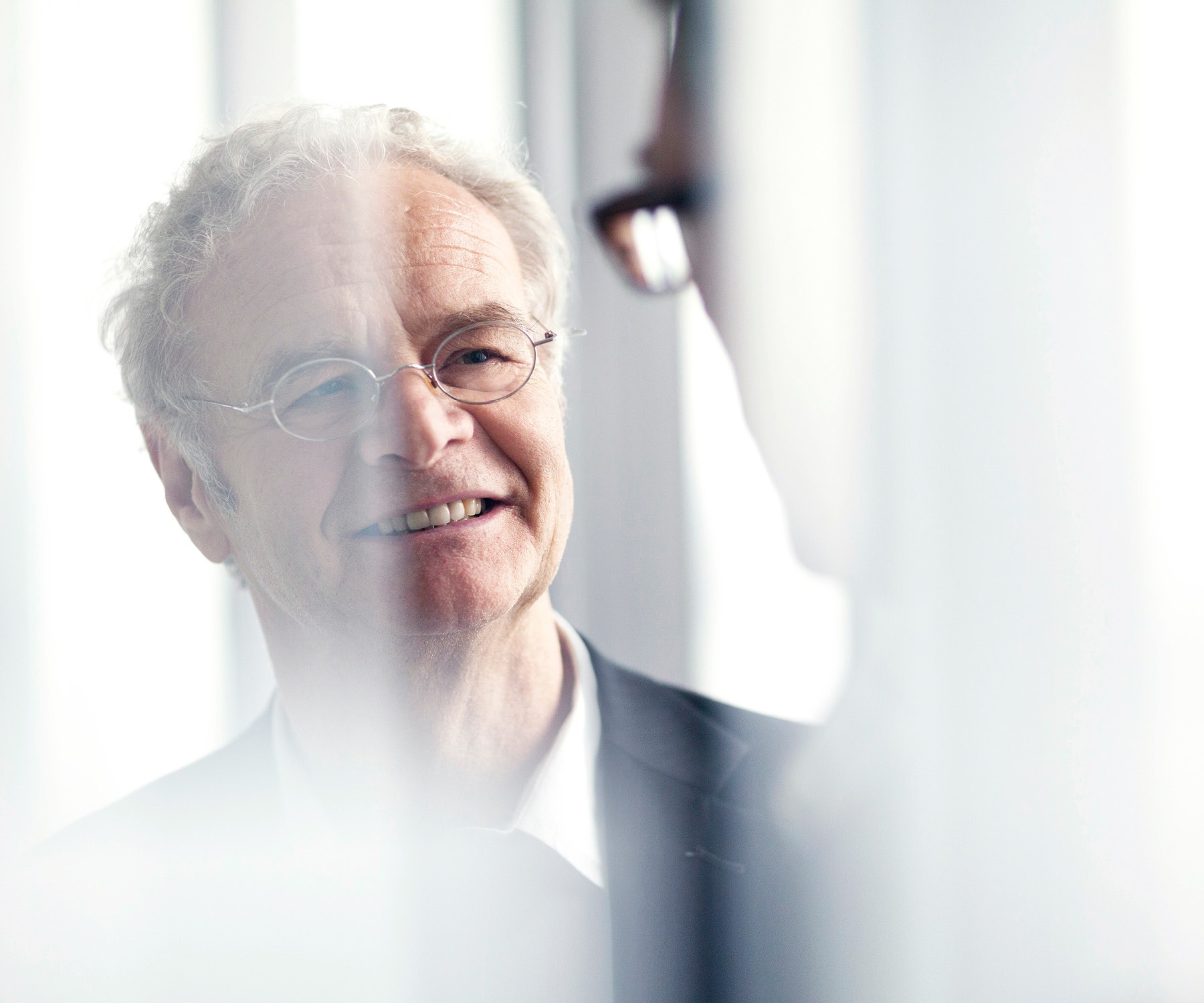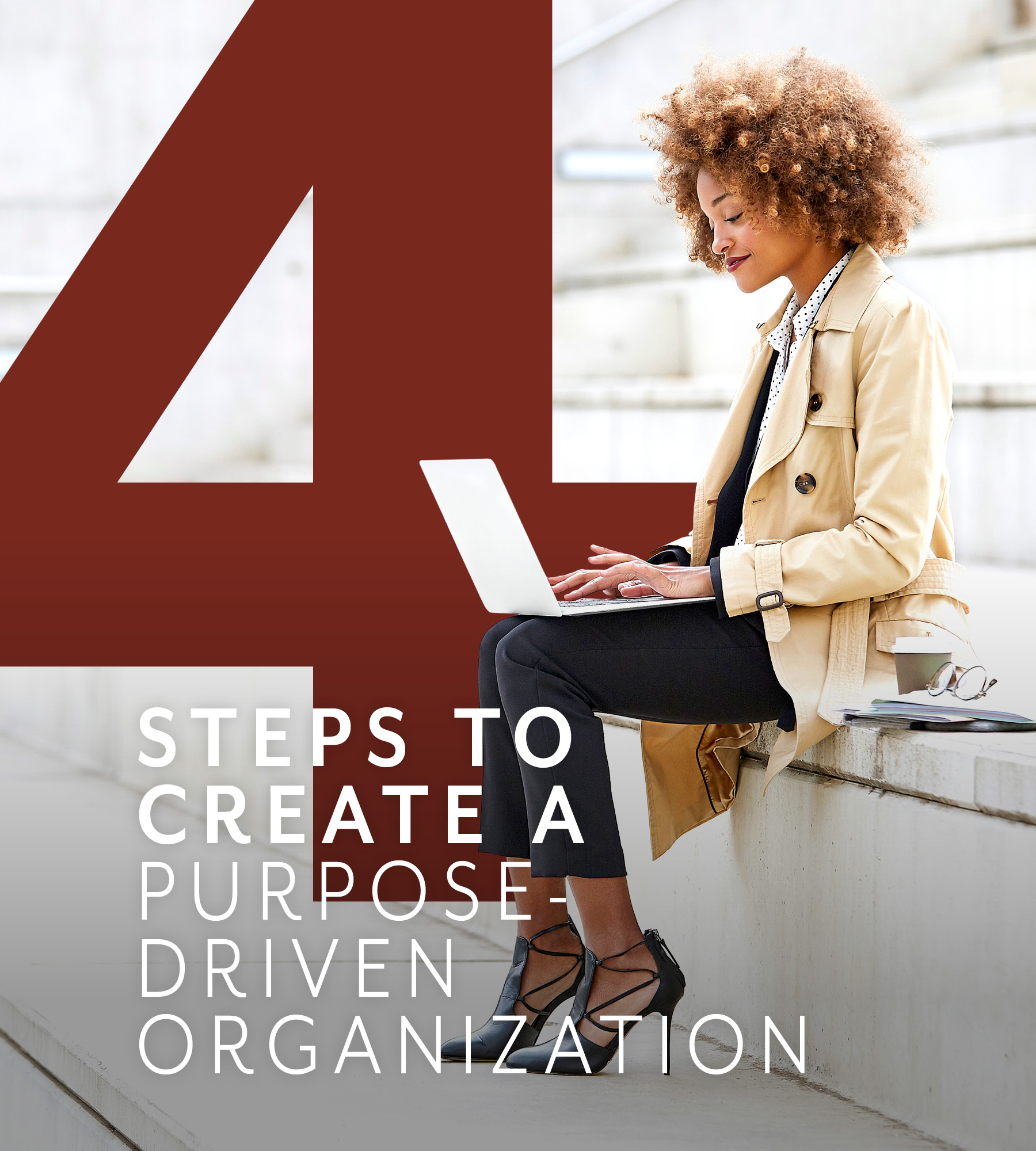Language
You can read the magazine in one of the following languages
In today’s purpose-driven landscape, success goes beyond profit margins. Customers, employees and investors seek organizations with a clear reason for being – a guiding light that shapes decisions, actions and interactions with the world. This is where the customer point of possibilities (CPoP) comes in.
Think of your CPoP as the unique space where your organization fulfills its purpose. It defines who you serve (customers, communities, the environment) and the specific problem, issue or aspiration your customer wants to address.
Ask yourself:
• Who are the customers (or communities, or environment) your company uniquely serves?
• What specific problem, issue or aspiration do your customers want to address?
By crafting a clear CPoP (for example, ‘eco-conscious consumers seeking stylish apparel’ for a sustainable clothing company), you ensure your purpose is actionable and directly informs your strategic direction.

Think of your CPoP as the unique space where your organization fulfills its purpose.
The beauty of the CPoP framework lies in its scalability. While the overarching CPoP sets the direction for the entire organization, individual teams and departments can define their own CPoPs. These departmental CPoPs should align with and contribute to the overarching organizational CPoP.
Engage in open discussions with employees at all levels. Their insights will provide valuable perspectives and foster a sense of ownership over the organization’s CPoP. After that, take the following three steps:
Once you’ve defined your CPoP, it’s time to translate it into concrete actions. This involves:
Alignment: Review your mission and vision statements to ensure they reflect your CPoP. Are they ambitious yet achievable, guiding the organization toward fulfilling its purpose within the playground it plays in?
Strategic Integration: Weave your CPoP into your long-term strategy. How will each department contribute to achieving its purpose? Use your CPoP as a lens to evaluate strategic decisions.
Metrics and Goal Setting: Establish measurable goals and KPIs that track progress. These metrics should consider not just financial success, but also social and environmental impact aligned with your CPoP.
A well-defined playground won’t have a lasting impact if it remains on paper. You need to create a culture that breathes your CPoP. Here’s how:
Leadership by CPoP: Leaders need to embody the organization’s CPoP. Their actions, decisions and communication styles should all reflect the values embedded in your CPoP.
Employee Engagement Through the CPoP: Integrate your CPoP into performance reviews, reward systems and employee engagement initiatives. When employees see a clear link between their work and the organization’s CPoP, they feel more motivated and fulfilled.
Transparency and Open Communication: Foster a culture of transparency where employees feel comfortable raising concerns about practices that might contradict the organization’s CPoP. This builds trust and encourages open communication around fulfilling your CPoP.
Integrity is about living your values, both externally with what you state to the world and internally in how each and every employee acts. Your CPoP serves as a powerful tool, a compass, to ensure your words and actions align in the playground you’re playing in.
Marketing & Communication: This is where you bridge the gap between what you say and what you do. Ensure your marketing materials and messaging accurately reflect the values and actions outlined in your CPoP.
Don’t make empty promises or engage in greenwashing. Back up your claims with concrete actions that demonstrate your CPoP in action. This consistency between internal values and external communication fosters trust with stakeholders and reinforces internal integrity for employees who see the alignment.

Commitment to your purpose will not only attract top talent, loyal customers and responsible investors, but will also allow you to build a lasting legacy of positive impact.
Employee Engagement: A strong CPoP that translates into internal practices builds internal integrity. Integrate your CPoP into performance reviews, reward systems and employee engagement initiatives.
When employees see a clear link between their work and the organization’s CPoP, they feel more motivated and fulfilled. This fosters a sense of shared purpose and reinforces internal integrity. Leaders who embody the CPoP through their actions and decisions further strengthen this internal alignment.
Supply Chain & Community Engagement: Your CPoP can ensure your external actions align with your purpose. Look beyond your organization’s walls. Partner with vendors who share your commitment to ethical sourcing and fair labor practices, as defined by your CPoP.
Similarly, engage with communities in ways that resonate with your CPoP by supporting causes and initiatives that align with your purpose. By taking action on the issues you claim to care about externally (through supply chain and community engagement), you demonstrate your commitment to walking the talk and building trust with external stakeholders.
Creating a purpose-driven organization is an ongoing journey. By following these steps and using the CPoP as your guiding framework, you can ensure your purpose translates into tangible actions and becomes embedded in your organization’s DNA.
This unwavering commitment to your purpose will not only attract top talent, loyal customers and responsible investors, but will also allow you to build a lasting legacy of positive impact.
Remember, true success lies at the intersection of profit and purpose. By striving to make a difference in the world, you’ll not only achieve financial goals but also create a ripple effect of positive change that extends far beyond your bottom line.

Mitchell Levy
Contributor Collective Member
Global Credibility Expert Mitchell Levy is a TEDx speaker, an international bestselling author of over 60 books, a Certified Stakeholder Centered Coach and an Executive Coach at Marshall Goldsmith’s 100 Coaches. His work as an Executive Coach earned him a place among the world’s Top 200 Leadership Voices by LeadersHum (#16 in 2023), and as the #1 Thought Leader in Ecosystems and Top 100 Thought Leader Overall by Thinkers360. Mitchell is also an accomplished entrepreneur and strategic consultant. Learn more about him at https://mitchelllevy.com.
